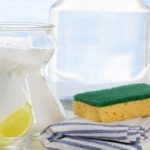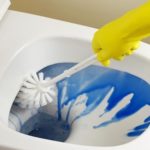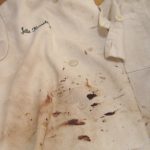When it comes to cleaning our homes, we often encounter hard-to-reach areas that are a challenge to keep clean. For instance, how do you effectively clean hair and dust that accumulates under beds, sofas, and window/door crevices?
For these tricky spots, using traditional cleaning methods can be time-consuming and yield disappointing results. Fortunately, there are some clever tricks that experienced cleaners use to tackle these issues. Read on to discover some surprising solutions that can help you clean those hard-to-reach areas in just 10 minutes.
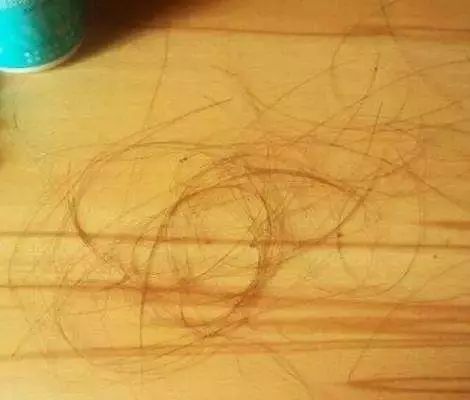
Dust and Hair Under Beds and Sofas
We all know that dust and hair can easily accumulate under beds and sofas, and it’s a challenge to keep these areas clean. Many people tend to ignore these spots, which can lead to a buildup of dirt and bacteria that may cause health issues for your family.
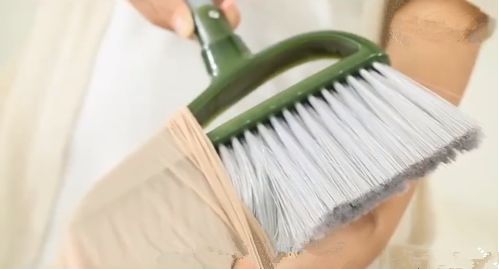
A simple solution to this problem is to place a pair of thin stockings over the broom before cleaning. The static electricity created by the interaction between the stockings and the floor will help attract and capture the dust and hair, making it easier to clean under beds, sofas, and tables.
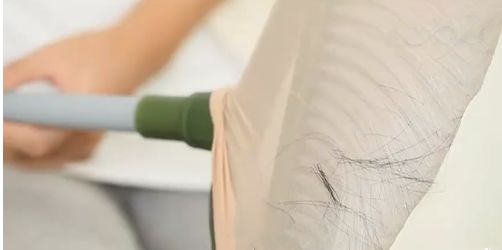
Dirt in Window Crevices and Other Grooves
Windows are essential for lighting and ventilation, but over time, they can accumulate dirt and dust, especially in the crevices and corners. This can be a headache to clean.
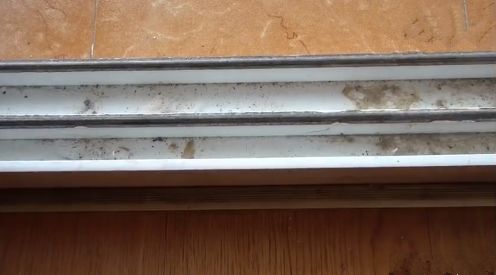
Here’s a useful tip to tackle this issue:
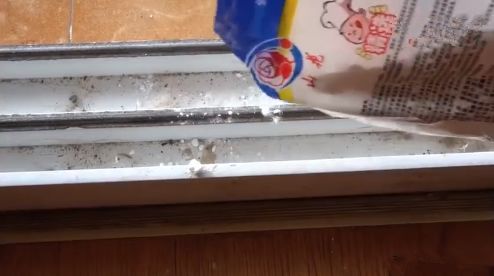

– Step 1: Mix baking soda, detergent, and water in appropriate proportions and pour it into the window groove.
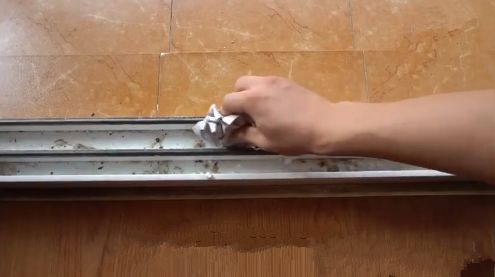
– Step 2: Take a crumpled newspaper and rub it back and forth inside the window groove to clean it.
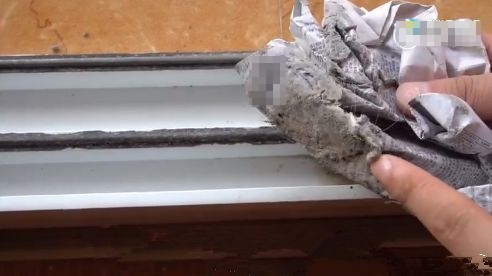
– Step 3: The dirty window groove is now clean and sparkling!
Floating Dust
Now that the window grooves are clean, it’s time to tackle the glass itself. Instead of using a glass cleaner and potentially scratching the surface, try this trick recommended by cleaning experts: simply use a damp, crumpled newspaper.
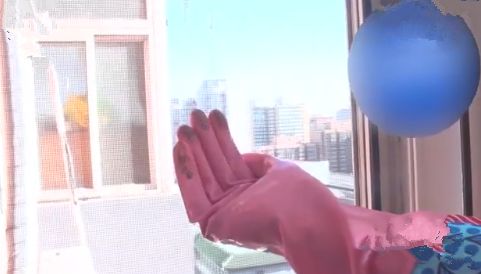

– Step 1: Place the damp, crumpled newspaper on the glass and thoroughly wet it with a spray bottle.

– Step 2: Wait for about 15 minutes, then remove the newspaper. Your windows will be left clean and streak-free!
Cleaning Showerheads
Over time, showerheads can become clogged with mineral deposits and dirt, leading to reduced water flow and even bacterial growth. It’s important to clean them regularly.
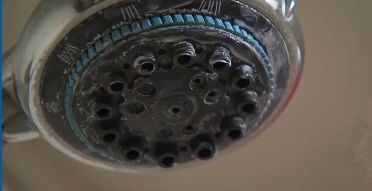
While some people may try to unclog the showerhead with a sharp object, this is only a temporary solution and doesn’t thoroughly address the problem. A better approach is to use white vinegar to dissolve the dirt and mineral deposits.
– Step 1: Find a plastic bag and place the showerhead inside. Pour in enough white vinegar to cover the showerhead, and then tie the bag securely. Let it soak for a while to loosen the built-up dirt.
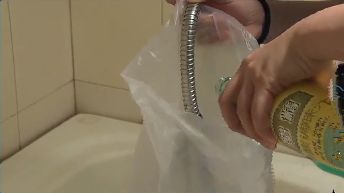
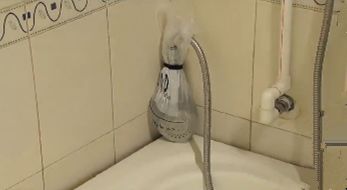
– Step 2: Remove the showerhead from the bag and use a brush to clean the remaining dirt. Your showerhead will be as good as new!
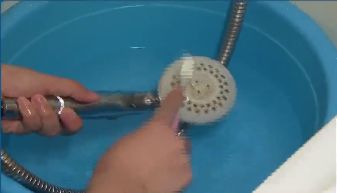
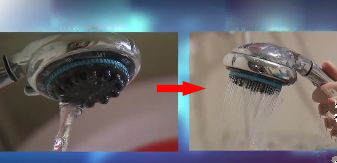
Washing Machine Drum Cleaning
In addition to surface cleaning, it’s important to pay attention to the interior of appliances like washing machines, range hoods, and refrigerators.
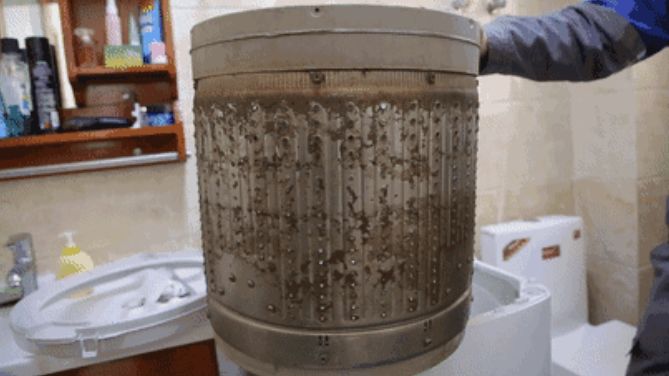
Cleaning the washing machine drum is often overlooked, but experienced cleaners warn that it can get dirtier than a toilet bowl if not cleaned regularly. Many families find it inconvenient or costly to call a professional, and attempting to clean it themselves can be daunting.
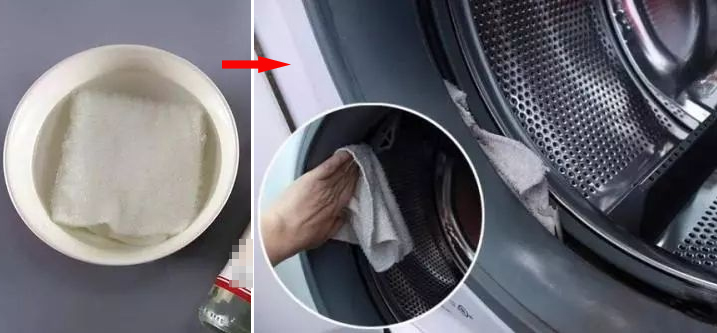
A common solution is to dampen a cloth with white vinegar and wipe down the inside of the washing machine. Then, place the cloth inside the drum and run a short cycle to allow the vinegar to work its magic.
Next, dissolve baking soda in water and set the washing machine to the highest water level. Pour in the baking soda solution and let it run for 5 minutes. Finally, leave it for 2 hours and then run a rinse cycle with clean water.
This method is effective for maintaining a clean washing machine, but it’s important to note that it’s best suited for machines that are not excessively dirty and are cleaned regularly. For heavily soiled machines or deep cleaning, it’s recommended to seek professional help for a more thorough cleaning.
By V.K – Vietnamnet
Discover the Quickest Way to Clean Your Fridge for Tet in Under 20 Minutes
As we approach Tet, preparations for the New Year can seem endless. From cleaning the house to sorting through cabinets, it can be a taxing process. But perhaps the most dreaded New Year chore is refrigerators. No need to fret, though – with these helpful tips, you’ll have a clean fridge in no time – just 20 minutes!


























